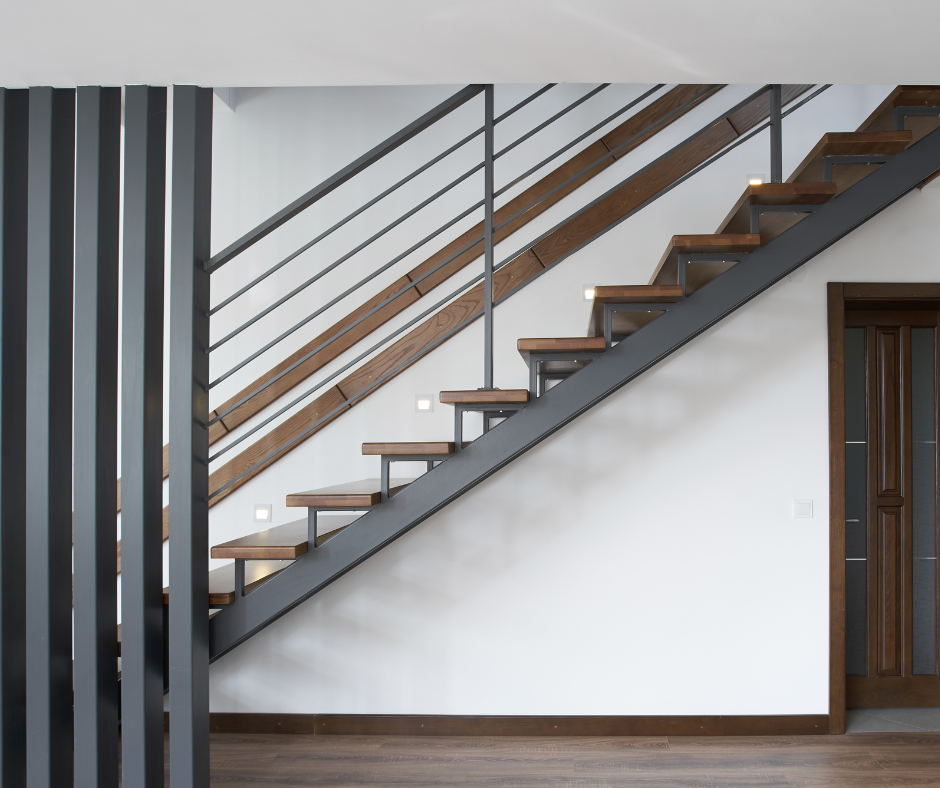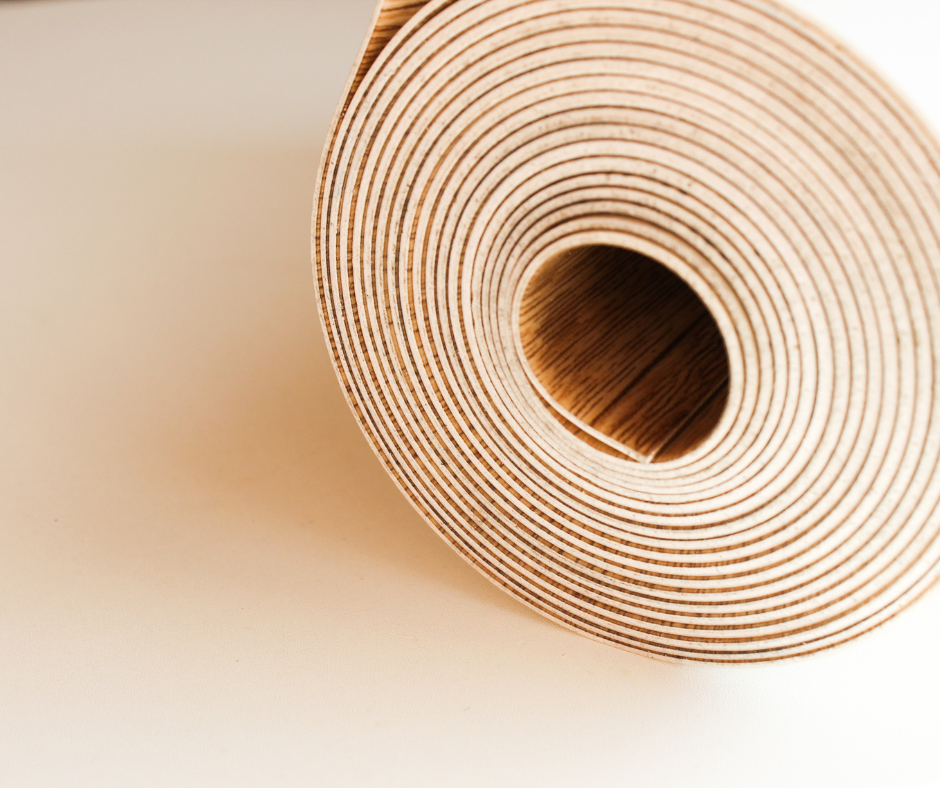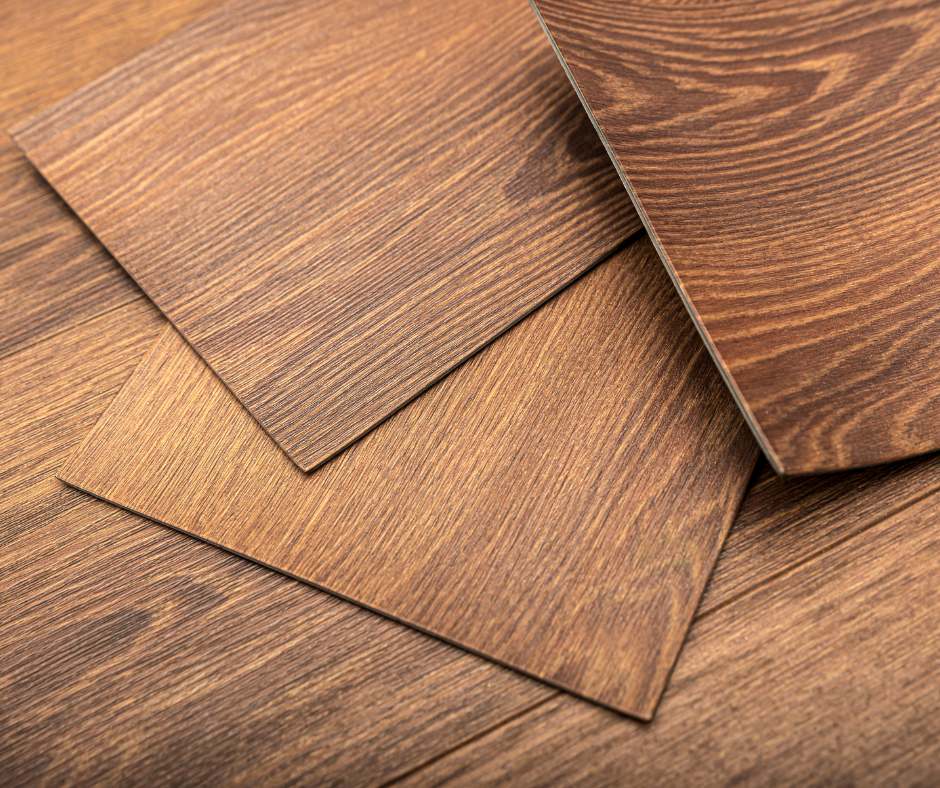Removing oak stair treads is a necessary part of home renovations.
This task is especially important if you're upgrading to a different style or replacing worn treads.
Whether you're transitioning to new oak treads, installing carpet stair treads for added comfort, or addressing damage, knowing the right techniques will help you avoid unnecessary complications.
In this guide, we’ll walk you through the process to ensure the job is done right.
Why You Might Need to Remove Oak Stair Treads
There are several reasons why homeowners might consider removing oak stair treads.
Over time, even the most durable oak can show signs of wear.
This might require removal and replacement.
Changing the look of your home often involves updating stair treads.
You want to make sure they match new flooring or design choices.
If the treads are cracked, warped, or otherwise damaged, removing them is essential for safety.
Approach this task with care to avoid damaging the surrounding structure.
Doing so will save you time and money down the road.
How to Clean Oak Stair Treads Before Removal
Before beginning the removal process, it’s important to clean your oak stair treads thoroughly.
Dust and debris can complicate the job.
If left unchecked, it may make it harder to see screws, nails, or other fasteners.
Start by vacuuming the treads to remove dust and loose dirt.
Focus on the edges where the treads meet the risers and stringers.
Use a damp microfiber cloth to wipe down the treads.
Be sure to avoid soaking the wood, as excess moisture can cause warping.
If your treads have stains or grime, mix a small amount of dish soap with warm water.
Gently scrub the affected areas with a soft sponge.
Dry immediately with a clean cloth.
Cleaning will make it easier to identify the attachment points.
It also ensures a smoother removal process.
Guide to Removing Oak Stair Treads
Now that your oak stair treads are clean and prepped, you can begin the removal process.
Follow these steps to safely remove your oak stair treads:
Gather Your Tools
You’ll need a pry bar, hammer, utility knife, screwdriver, and protective gear, such as gloves and safety glasses.
Having the right tools on hand will make the process smoother and safer.
Identify Fasteners
Check along the edges of each tread to find screws or nails securing them in place.
Oak stair treads are often held down with multiple fasteners.
Take your time inspecting each one carefully.
Cut Sealant or Adhesive
If there is any caulking, sealant, or adhesive around the tread, use a utility knife to carefully cut through it.
This step will make it easier to pry the tread free without damaging the surrounding structure.
Pry the Tread Loose
Begin at one corner, using your pry bar and hammer to gently lift the tread.
Apply steady pressure as you work your way along the edges.
Oak is a dense hardwood, so be patient.
It may take some time to loosen.
Remove Fasteners
Once the tread is loosened, remove any remaining screws or nails with a screwdriver or hammer.
This step is crucial for freeing the tread from the stair structure without damaging it.
Lift the Tread
Carefully lift the tread away from the stair.
Ensure that you don’t damage the riser or stringer.
Move slowly to avoid causing any accidental splits in the wood.
By following these steps, you can remove your oak stair treads with minimal hassle.
This will prepare your stairs for the next phase of your renovation.
Different Materials and Methods for Removing Stair Treads
Thinking about updating your staircase or replacing worn-out treads?
Removing stair treads can be an essential part of your renovation project.
Let's look into how you can remove different types of stair treads with ease.
Removing Pine Stair Treads: A Similar Approach
If you're removing pine stair treads, the process is similar but may require less force.
Pine is a softer wood than oak.
You should be cautious when prying to avoid splintering.
Additionally, pine treads may have fewer fasteners.
Still, inspect them carefully before removal.
Removing Linoleum Stair Treads: What to Expect
If you're wondering how to remove linoleum stair treads, it's easier than you might think, though it does require some patience.
First, grab a utility knife and carefully cut around the edges of the linoleum.
This helps break the seal of the adhesive underneath.
Next, take a heat gun or hairdryer and gently warm the adhesive.
The heat softens the glue, making it easier to pull up the linoleum.
Once the adhesive is soft, use a putty knife or scraper to start lifting the linoleum.
Go slow and steady to avoid damaging the stairs underneath.
If the linoleum doesn’t want to budge, don’t worry.
Just apply a little more heat and keep working at it until the tread comes loose.
Tips for Avoiding Damage When Removing Stair Treads
To protect the integrity of your stairs while removing treads, consider the following tips.
Work slowly and steadily.
Rushing through the process can lead to mistakes that could cost you in repairs.
Take your time when prying treads to avoid splitting or cracking the wood.
Having the correct tools is essential for a clean removal.
Make sure you have a pry bar and utility knife on hand.
Before prying, identify all screws or nails securing the tread.
Removing these first will make the process smoother.
When to Replace Stair Treads vs. Refinishing
If your stair treads are showing signs of wear, you may be wondering whether to replace them entirely or refinish them.
Consider the extent of damage before making a decision.
If the damage is minimal, such as surface scratches or minor dents, refinishing might be a more cost-effective solution.
If the treads are warped, cracked, or otherwise compromised, replacement is the safer option.
For those undergoing a complete renovation, replacing treads may be necessary to achieve the desired look.
Safety Considerations When Removing Stair Treads
Safety should be a priority throughout the entire process.
Always wear gloves and safety glasses to protect yourself from sharp edges and debris.
Also, if you're dealing with adhesives or sealants, make sure your workspace is well-ventilated.
If you encounter any structural damage or difficulties during the removal process, it may be a good idea to consult a professional.
This will help you avoid causing further damage to your stairs.
Final Thoughts
Removing stair treads, whether oak, pine, or rubber, is a manageable task with the right tools and patience.
Proper preparation, including cleaning and locating fasteners, will help make the process smoother and safer.
Remember to approach each step with care to preserve the integrity of your stairs and the surrounding structure.
Patience and precision will pay off.




